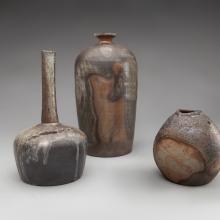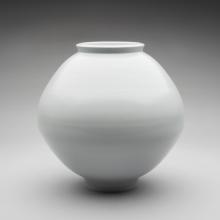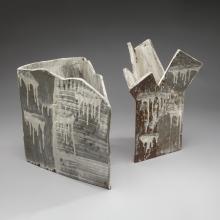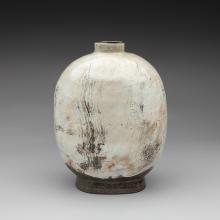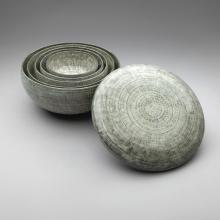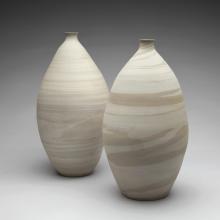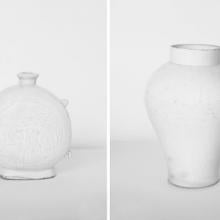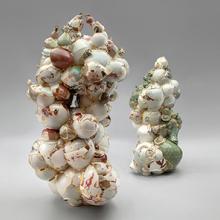Dual Natures in Ceramics: Eight Contemporary Artists from Korea
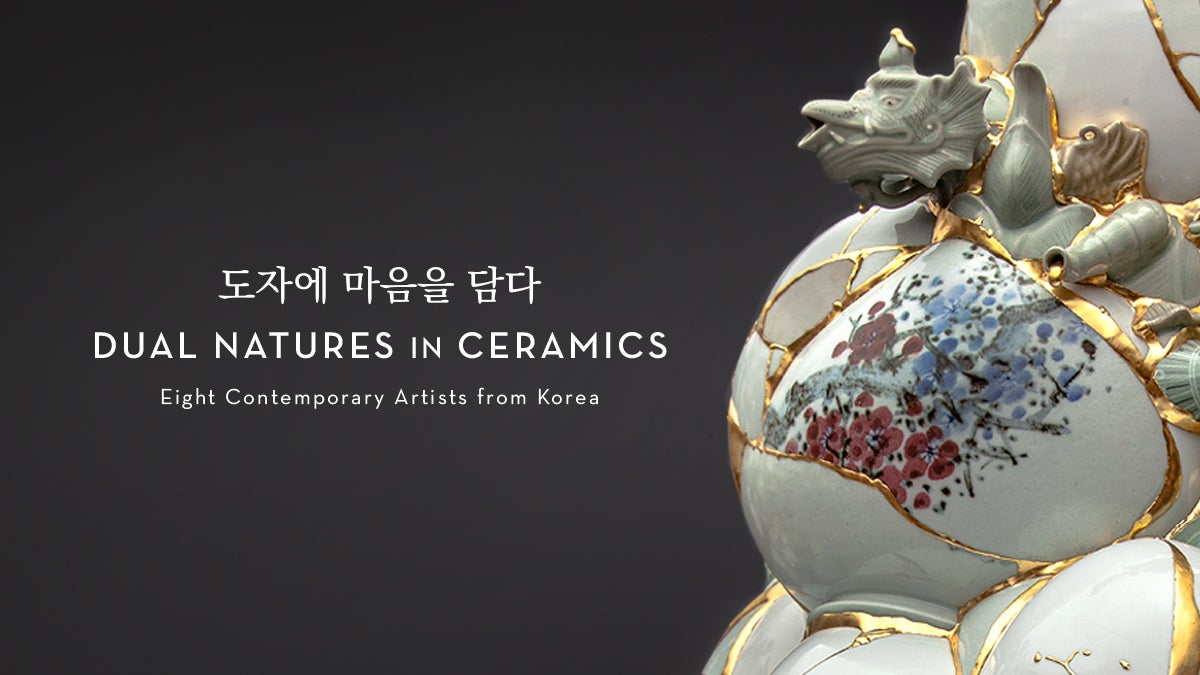
Dual Natures in Ceramics: Eight Contemporary Artists from Korea
도자에 마음을 담다
“In modern art, as everyone knows, the beauty of deformity is very often emphasized, insisted upon. But how different is Korean deformity. The former is produced deliberately, the latter naturally. Korean work is merely the natural result of the artisan’s state of mind, which is free from dualistic man-made rules.”
—Bernard Leach (1887–1979)
Renowned British studio potter Bernard Leach once acknowledged that Korean potters are admired for their naturalism and spontaneity in creating ceramics. Scholars have attempted to define the beauty of Korean ceramics as “artless art” or “unplanned plan.” Indeed, Korean ceramics have been produced by the second nature of matured, skilled hands, sometimes transcending any rules, knowledge, and intentions.
During the twentieth century, Korean artists and theorists grappled with the interplay of modernization and tradition. Some artists looked to the genuine, fresh, and fundamental qualities of Korean potters from the past as inspiration to create more appealing modern concepts. Through Korean ceramics, they have explored a dialogue between the traditional and the contemporary as well as East and West.
The eight artists in this exhibition revive and reinterpret aspects of traditional Korean ceramics in various ways. Yoon Kwang-cho and Lee Kang Hyo discover artistic freedom in Joseon dynasty (1392–1910) buncheong (white-slipped stoneware) ceramics and apply white slip in playful and innovative ways. Buncheong is a distinctive type of Korean ceramic that flourished during the fifteenth and sixteenth centuries. Both artists’ ceramics have the whimsical, rustic, and audacious characteristics of buncheong in addition to contemporary elements. Joseon dynasty whiteware was the main foundation for Kim Yik-yung and Park Young Sook. Park has experimented on the uniquely Korean globular jar, the so-called ‘moon jar,’ while simultaneously exploring other Korean porcelains including a blue-white ware shown in this exhibition. Embracing whitewares’ core traditions, Kim Yik-yung complements innovative surface treatments and explores new types of glaze.
Techniques used in traditional Korean ceramics are another matter for the artists in this exhibition. Roe Kyung Jo is known for his marbled-ware technique (yeollimun). The technique was traditionally used for celadon wares, but Roe applies it to other wares. Onggi, a form of earthenware that predates porcelain production, served various purposes in Korean households. Lee Inchin started his works based on onggi wares but expands the technique using new kinds of glazes and experimenting with their applications.
Koo Bohnchang and Yeesookyung go further in interpreting traditional Korean ceramics. Through photographs and video art (newly created for this exhibition), Koo reveals the organic qualities of Korean ceramics that have been overlooked or disregarded by our bare eyes. Yee utilizes and renders the superfluous aspect in ceramic production. Using abandoned ceramic shards, she translates the original concepts of ceramics into more innovative sculptural works that sometimes puzzle the viewers about the concept of ceramics as art in the twenty-first century.
Although their techniques, methodologies, and approaches are different from each other, these eight artists playfully add complex layers onto the history of Korean ceramics through their own interpretations and expressions. Dual Natures brings fresh perspectives to traditional Korean ceramics and suggests new paths of expression for a new century.
This exhibition is co-organized by the Asian Art Museum and SFO Museum and is curated by Hyonjeong Kim Han, Associate Curator of Korean Art, with assistance from Silvia Hari Chang, and Chihyun Lee at the Asian Art Museum
©2014 by the San Francisco Airport Commission. All rights reserved.

